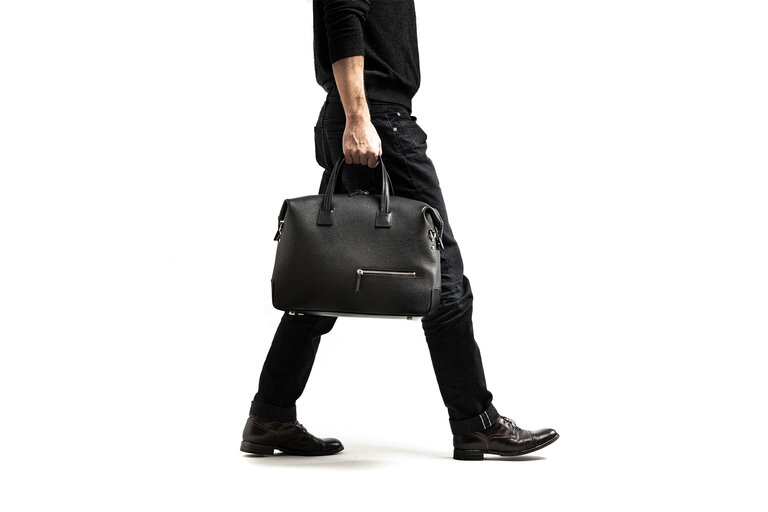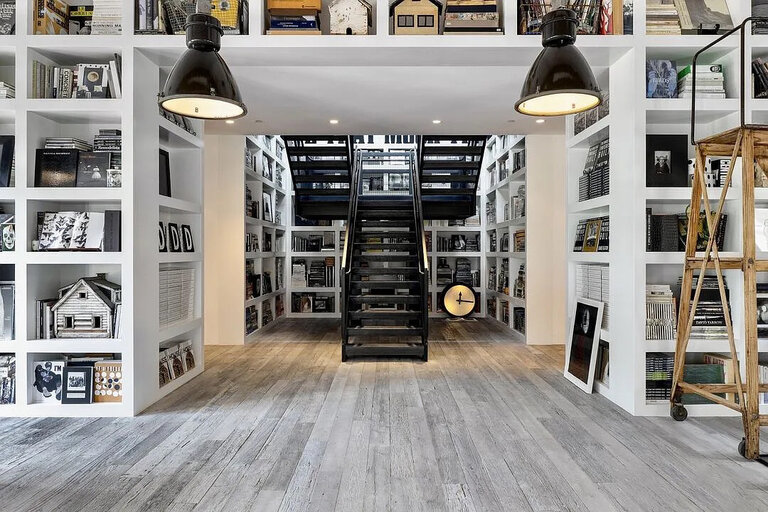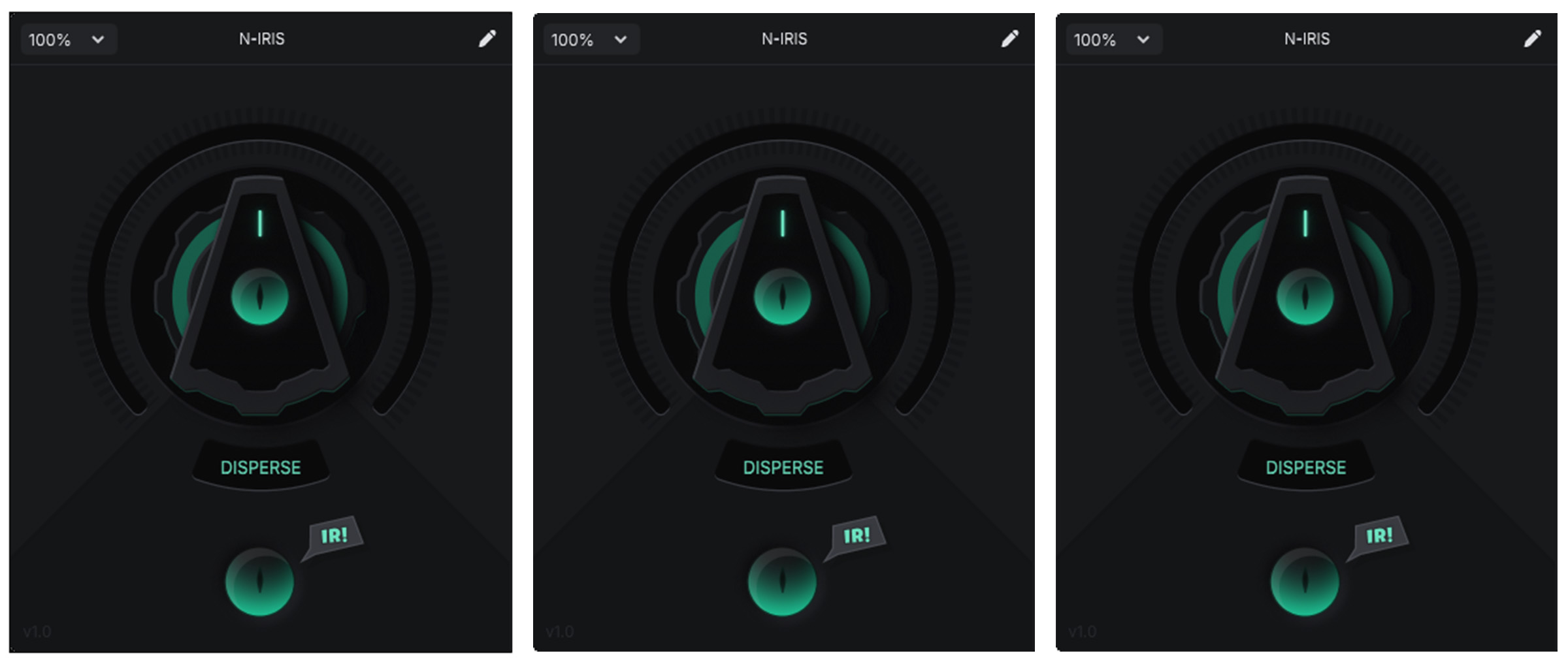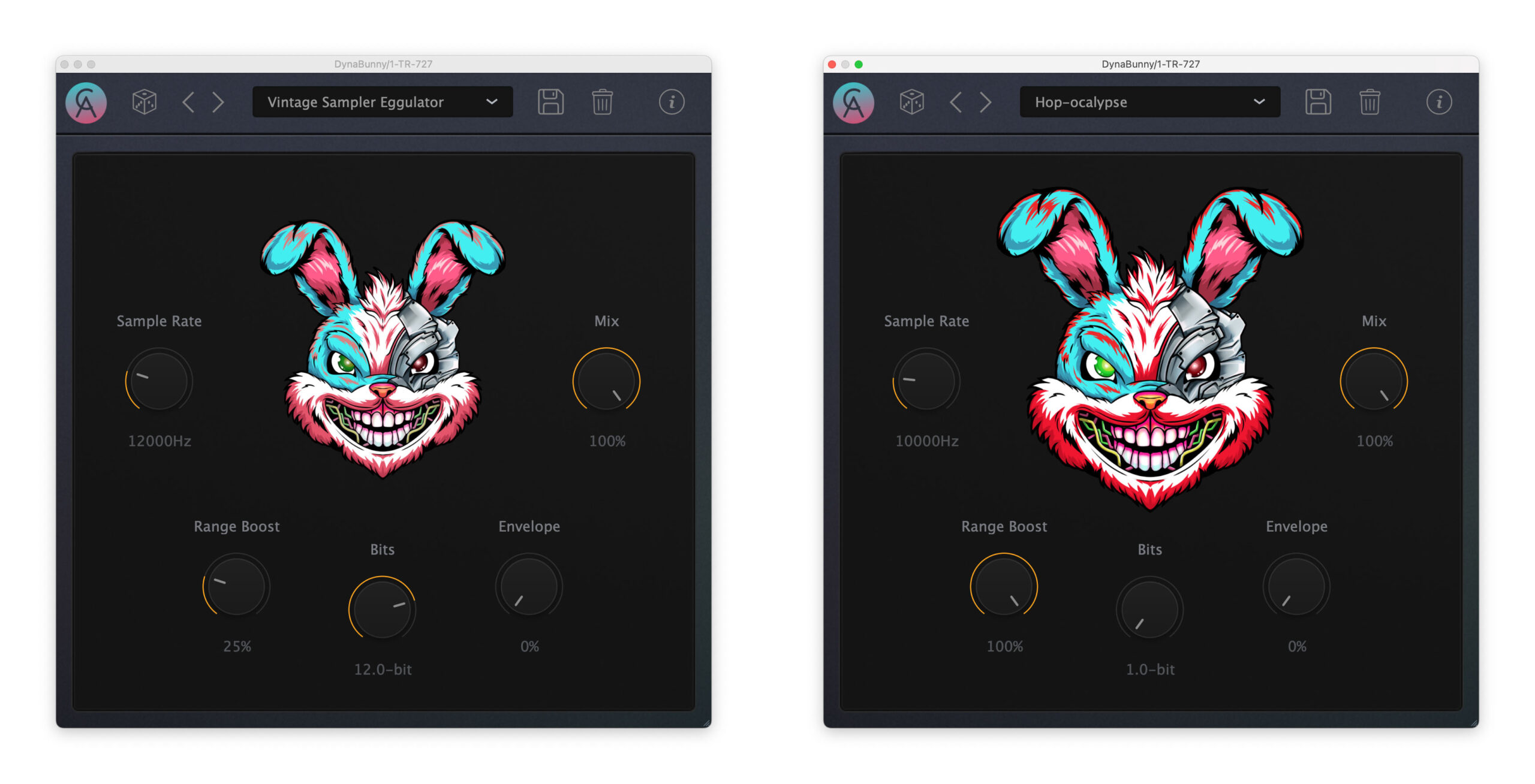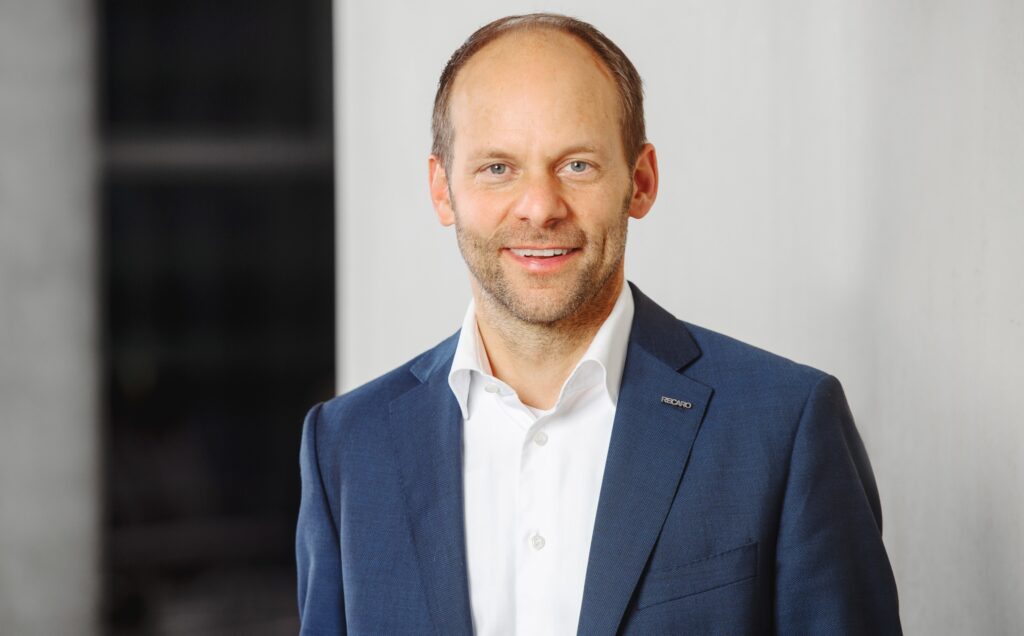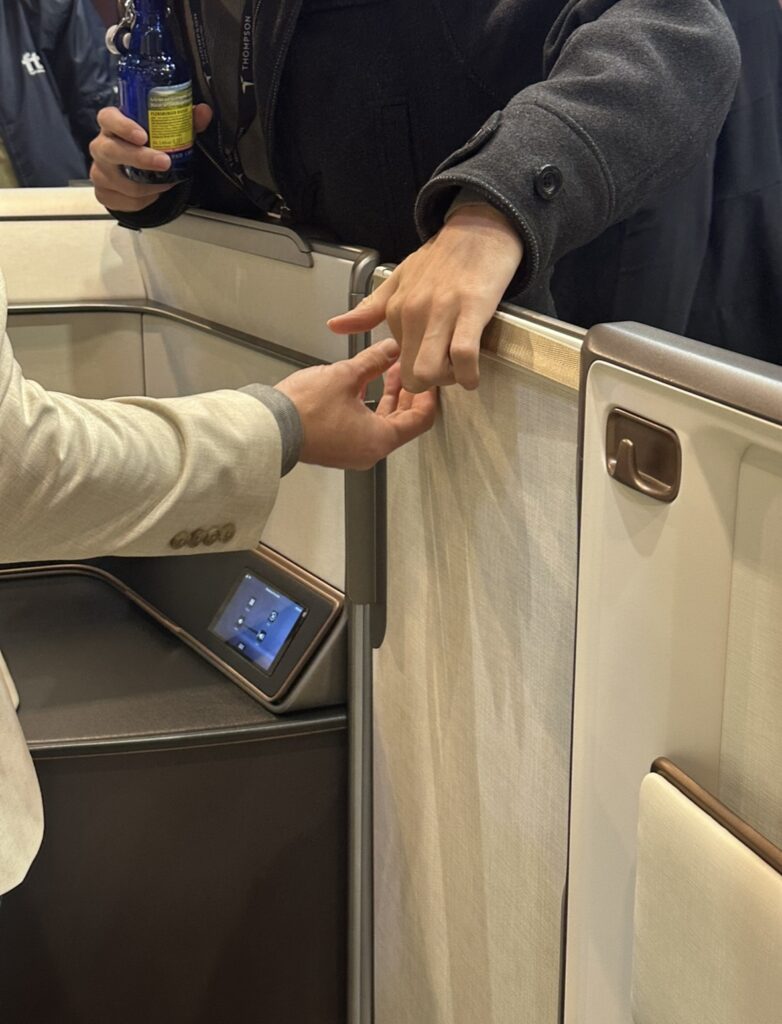Face to face with Recaro Aircraft Seating CEO Dr. Mark Hiller
HAMBURG — Known as the leading economy class seatmaker in the world, and with a growing presence in premium seating, Recaro Aircraft Seating has long seen the value in having a global manufacturing footprint to ensure it’s located in the same time zones and speaks the same languages as its customers. The Schwaebisch Hall, Germany-headquartered... The post Face to face with Recaro Aircraft Seating CEO Dr. Mark Hiller appeared first on Runway Girl.
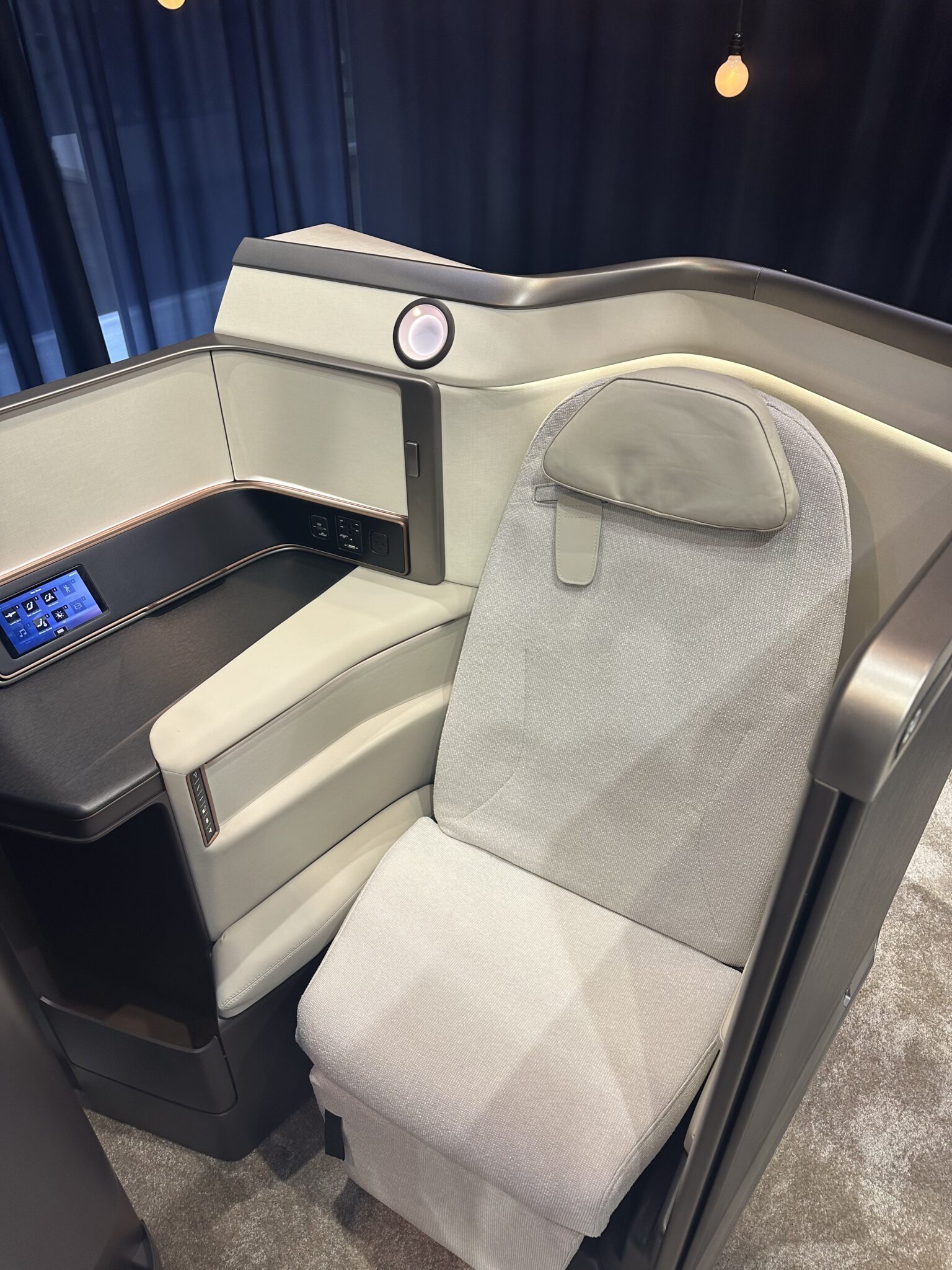
HAMBURG — Known as the leading economy class seatmaker in the world, and with a growing presence in premium seating, Recaro Aircraft Seating has long seen the value in having a global manufacturing footprint to ensure it’s located in the same time zones and speaks the same languages as its customers.
The Schwaebisch Hall, Germany-headquartered firm has operated a plant in Qingdao, China for more than a decade, and its Fort Worth, Texas-based Recaro Aircraft Seating Americas campus will celebrate its 27th anniversary at the end of this year. It also boasts sites in Poland and South Africa.
These choices seem especially astute now that the broader industry is navigating US President Donald Trump’s tariffs. But they weren’t made to simply help insulate Recaro from geopolitical headwinds.
“We are in the region for the region with our footprint in Europe for Europe, Americas for the Americas, and China for Asia,” company CEO Dr. Mark Hiller tells Runway Girl Network.
That’s not to say there isn’t some broader industry uncertainty right now. In its discussions with airlines, Recaro has received good feedback for its expanded range of seating platforms, the R1-R7 Plus line spanning economy, premium economy, business class, and front-row business plus — and operators appreciate the firm’s ability to not just innovate but to deliver on its commitments — but Dr. Hiller admits, “The tariff topic is also part of every discussion because everybody is wondering what will happen. And for sure, for the airlines, I think that’s the most concerning topic.”
Please enjoy our wide-ranging interview with Dr. Hiller, conducted on Recaro’s stand at the Aircraft Interiors Expo in Hamburg.
RGN: The last time we spoke there were still some choke points in the aircraft interiors supply chain. Have some of those things been ironed out or are there still some problems?
Dr. Hiller: I would say the supply chain is quite stable. However, it comes with additional costs and additional effort. Just to give you a rough idea: our revenue is still 20% down compared to pre-COVID, but the number of employees is up 10%. This gives you a little bit of an indicator. For sure, some is upfront investment into innovation, new products and so on for the ramp up. The rest is also really to manage, to track, and trace the supply chain and to set up second sources and so on.
RGN: Given the volume of news we report about Recaro winning economy class business, it feels like you are at a very minimum solidifying your market share, if not growing it. Where are you at on the economy class side, specifically?
Dr. Hiller: There are no official numbers. And I’m trying not to give you some marketing numbers…. Our numbers show that our market share is round about 35%. Something like that. If you look into the numbers from Airbus and Boeing on the A350 and 787 number of installed seats — nothing to do with revenue, just parts more or less or seats — there the market share can be up to 50% to 55%, which means every second A350 would come with Recaro economy class seats.
RGN: Recaro is doing a bigger push into business class, including with the R7 and now that beautiful Plus product. Post-COVID, it seems that premium seating continues to really see growth. Are you seeing that as well?
Dr. Hiller: This is definitely what we are seeing and also the premium products are becoming more premium. And if you look into our market data, so the seat market is maybe €3 billion roughly, and €1 billion is economy class, the other €1 billion is more or less business class. We don’t foresee that we can grow our market share in economy class much further. So, it’s about really protecting and staying where we are from a market share point of view, which means, to further grow for sure the business class is also important. Not just from a product point of view and fit, but also from a corporate strategy point of view.
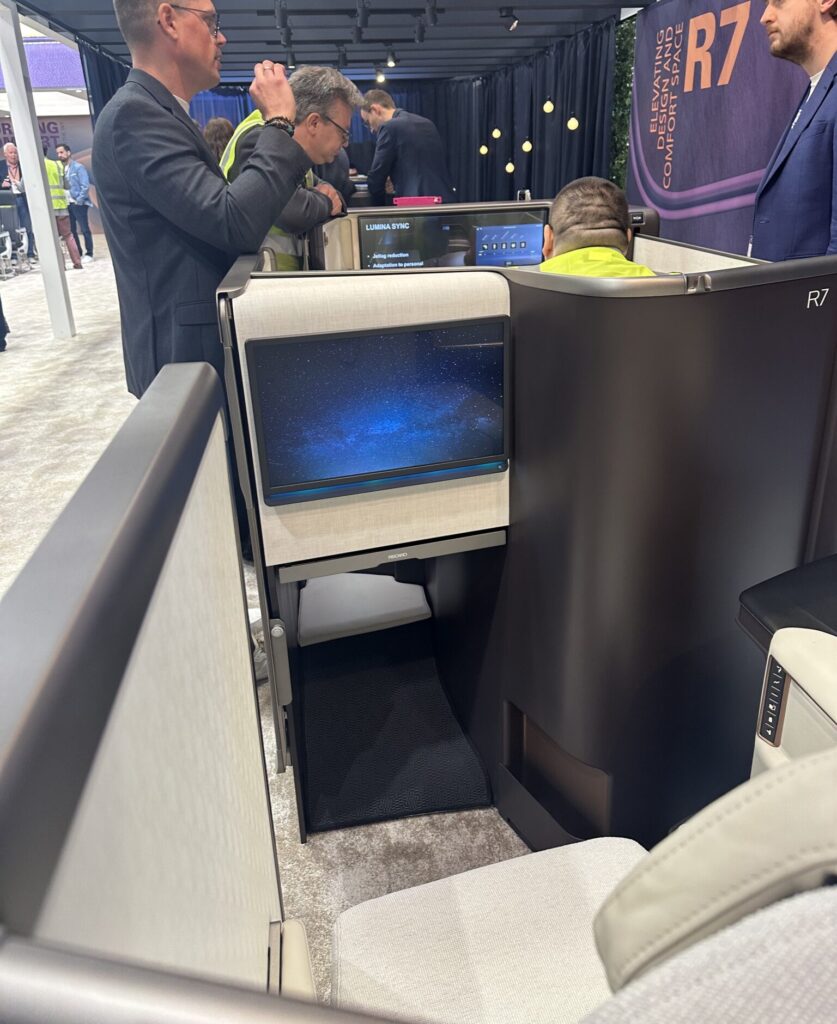
Recaro’s R7 business class platform, including the new Plus model for business-plus, was a hub of activity during AIX including during a pre-show press preview event.
RGN: You also have a great product for Premium Economy. Where do you see that market going? Is it growing?
Dr. Hiller: This is still a trend. There are few airlines who don’t believe in it, I would say, but for the airlines who are going for it, we see always a similar trend. First of all, they ask the question, if they’re cannibalizing the economy or business class; then after much analysis and rounds of investigation, they decide to put in premium economy. And then they are completely impressed about the feedback, about the NPS numbers, everything. And then they are thinking about how to further expand premium economy. And then again, the question is: do they cannibalize the business class or the economy class? But more or less, from every customer who has introduced premium economy, we see that they are then further expanding the premium economy section later on.
RGN: Sustainability is of course a big focus for Recaro and you’ve shown some really interesting innovations in prior years. This year, you’re displaying your eVTOL seat for Eve on the stand. The eVTOL market is shaking out a little bit right now. It does look like Eve is going to be one of the players that will survive. But when you’re looking at supporting the eVTOL market, do you feel pretty confident that things are moving, and there will be some really viable players in that space?
Dr. Hiller: I would say we never believed, short or midterm, in a huge market only. We always saw it as really one possible direction. We always saw that like new technologies, first of all, there’s a big fuss about it, then it really calms down, then there’s some progress, and then later on it becomes a resource or something that we would expect. I would assume that first of all, it might be interesting for markets where right now helicopters are used. So it might be not just sustainable, but in the end also cost-wise better. And then later on with further development, range, further cost decreases, maybe it can become a higher volume means of transportation. But I think probably for the next years to come, it’s really just to overcome the challenges. And that’s also for us quite interesting really to take on such a challenge, to develop such a seat, which has much higher I would say, requirements than an aircraft seat, in terms of fresh requirements, in terms of weight and so on.
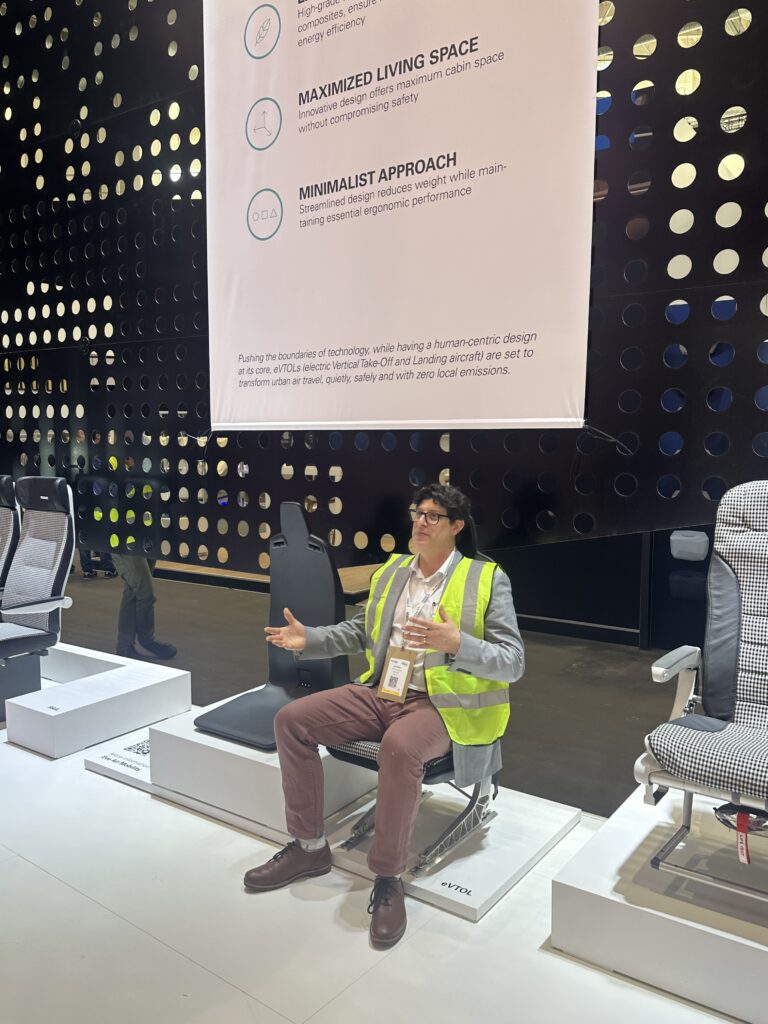
PaxEx.Aero editor Seth Miller tries Recaro’s new seat for the Eve eVTOL during a pre-show press preview on the seatmaker’s stand at AIX.
RGN: Steven Udvar-Hazy spoke at the 25th Anniversary of Recaro Aircraft Seating, Americas, which your author attended. There, he said some really interesting things about the commercial viability of hydrogen-powered aircraft being decades away. And recently, Airbus honed its hydrogen plan, which I find fascinating. Hazy gets to kind of end his career being completely correct again, but I do wonder then if that kind of pushes the focus back onto what can be done in the cabin [from a sustainability standpoint] today because some of those other plans are now a little bit further down the road. Are you seeing anything that looks really good that you think would be ready for primetime? If you combine cabin efficiency and sustainability together with sustainable aviation fuel (SAF), will we get to Net Zero 2050? Is it still possible?
Dr. Hiller: Maybe I’m not the right expert to talk about the overall thing here but from my point of view, I think there is no radical design change, I would assume. But there are a lot of different factors which will help to definitely go towards this direction [Net Zero]. SAF for sure is one of the major topics but also for us, we take it seriously for the cabin. What can we do there? We need to further reduce weight, to further increase, where possible, number of seat count by not compromising the comfort, but also using other topics, like using recycled materials and ensuring that our seats can be recycled.
RGN: Accessibility remains a big topic as well. That will be a big trend coming out of this show. Is Recaro looking at ways it would be able to facilitate…individuals who are in wheelchairs, ultimately down the road in terms of some of the seats that could perhaps retract?
Dr. Hiller: We have some innovations about this, some innovations but we have no concept right now finalized. But for sure we are working also with customers we have for business class also on concepts to further improve for PRM.
Related Articles:
- Recaro adds front row, quality-of-life features and A330 version of R7
- Diehl retains Mexico plant strategy for A220 XL bin production
- Airbus hones hydrogen plan, showcases nextgen narrowbody tech
- Recaro’s Dr. Mark Hiller on how aircraft seats are evolving
- Recaro “the best” over aircraft seat lifecycle: Udvar-Hazy
- Press Release: Recaro reveals eVTOL seat, developed with Eve
- Press Release: Recaro R3 breaks cover on Aer Lingus A321XLR
The post Face to face with Recaro Aircraft Seating CEO Dr. Mark Hiller appeared first on Runway Girl.




























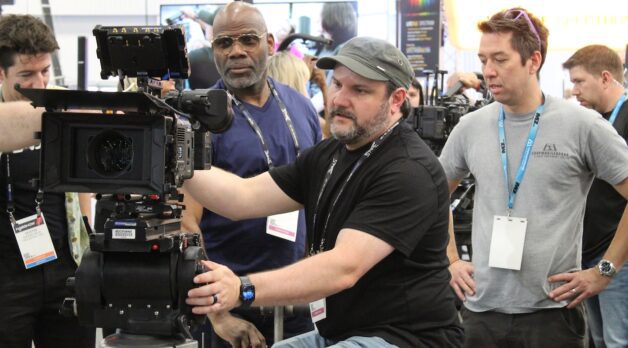


































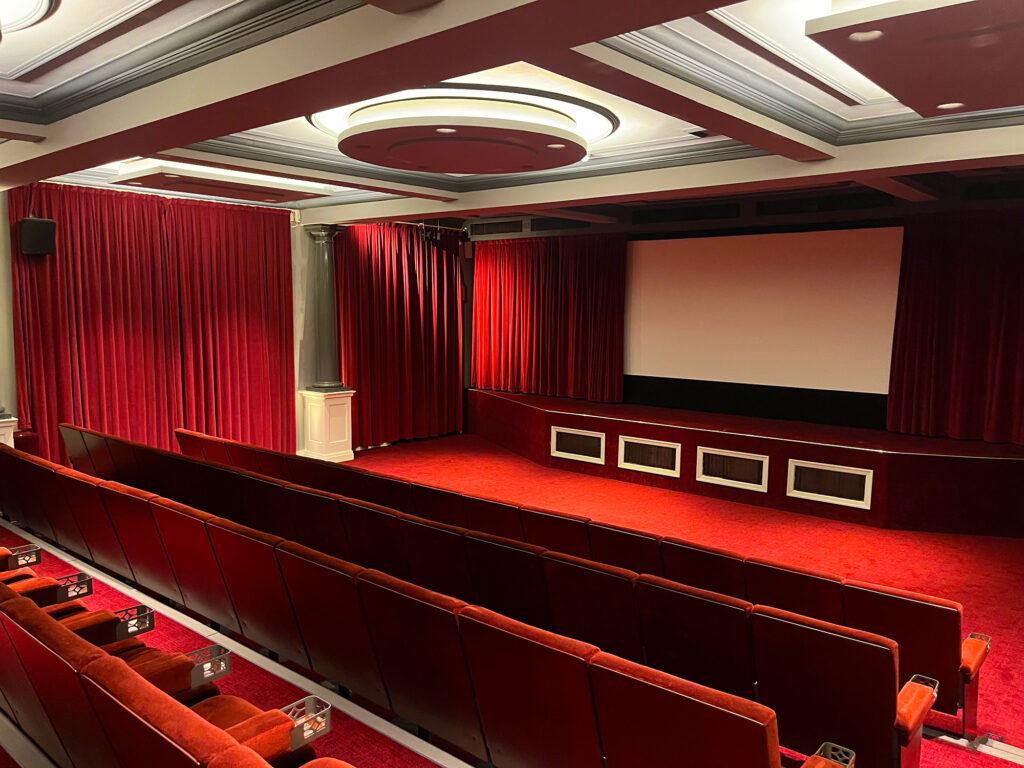

















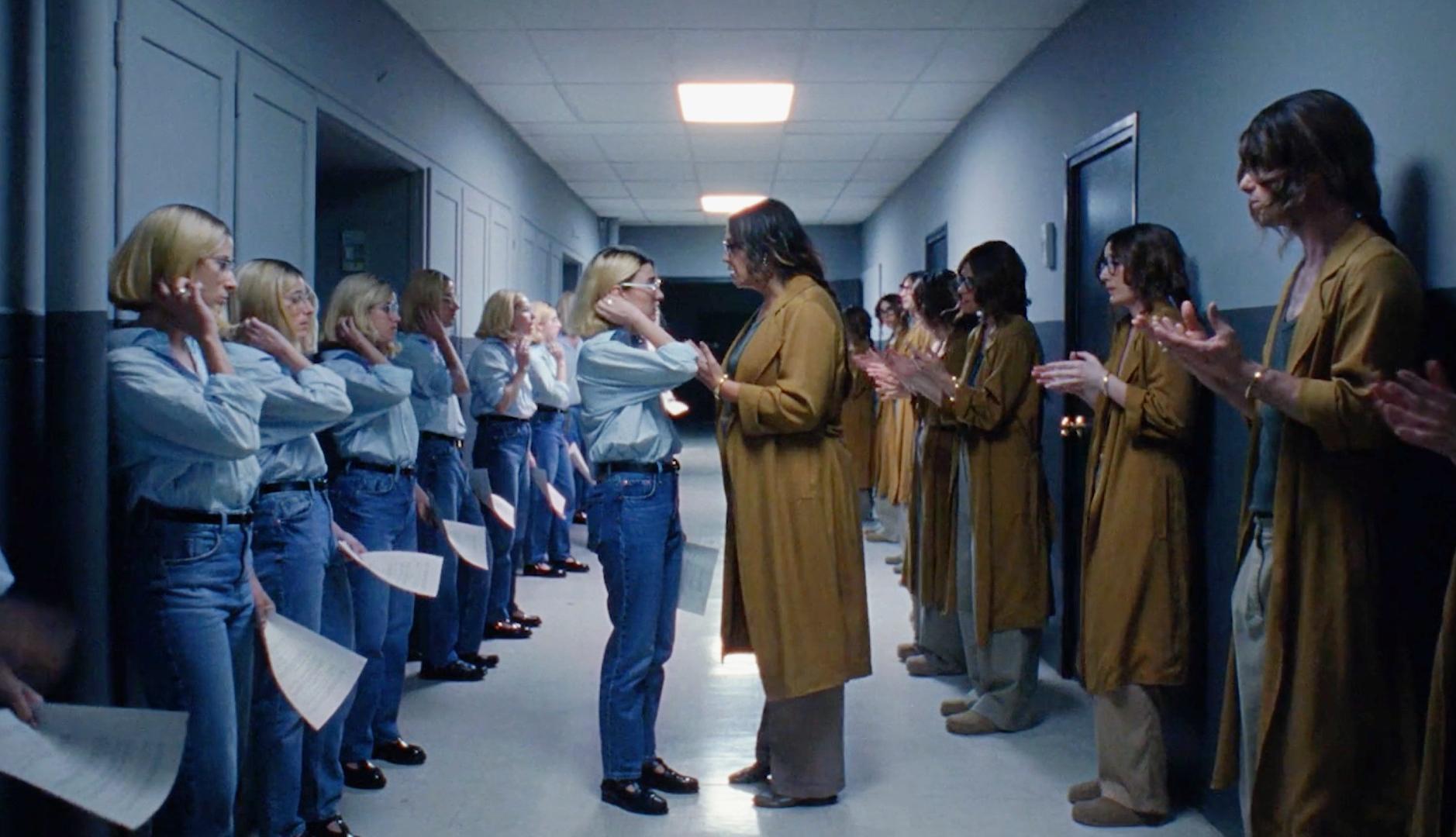


















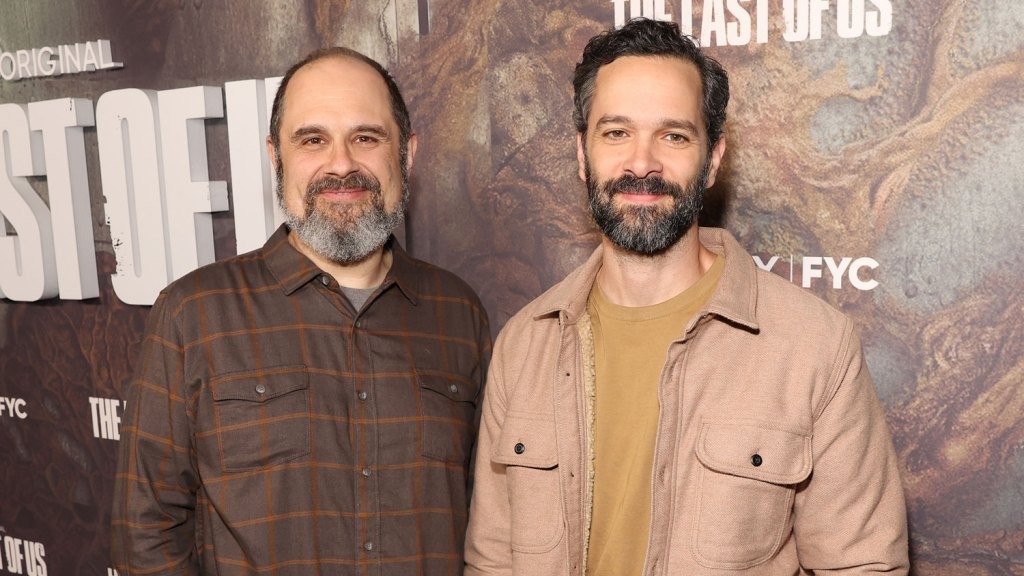







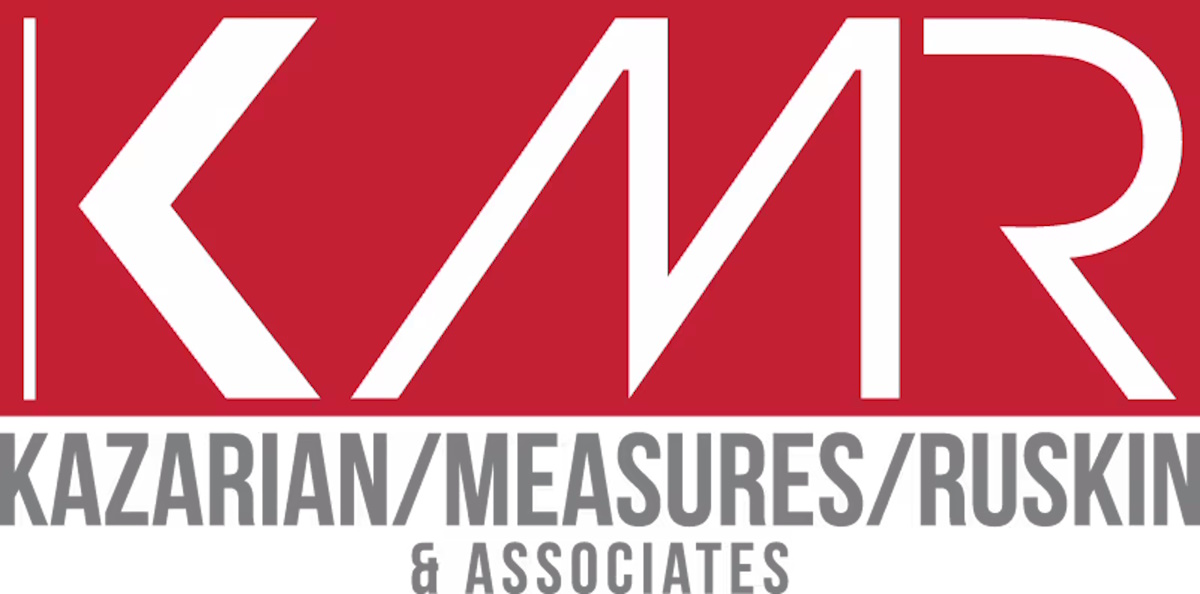




















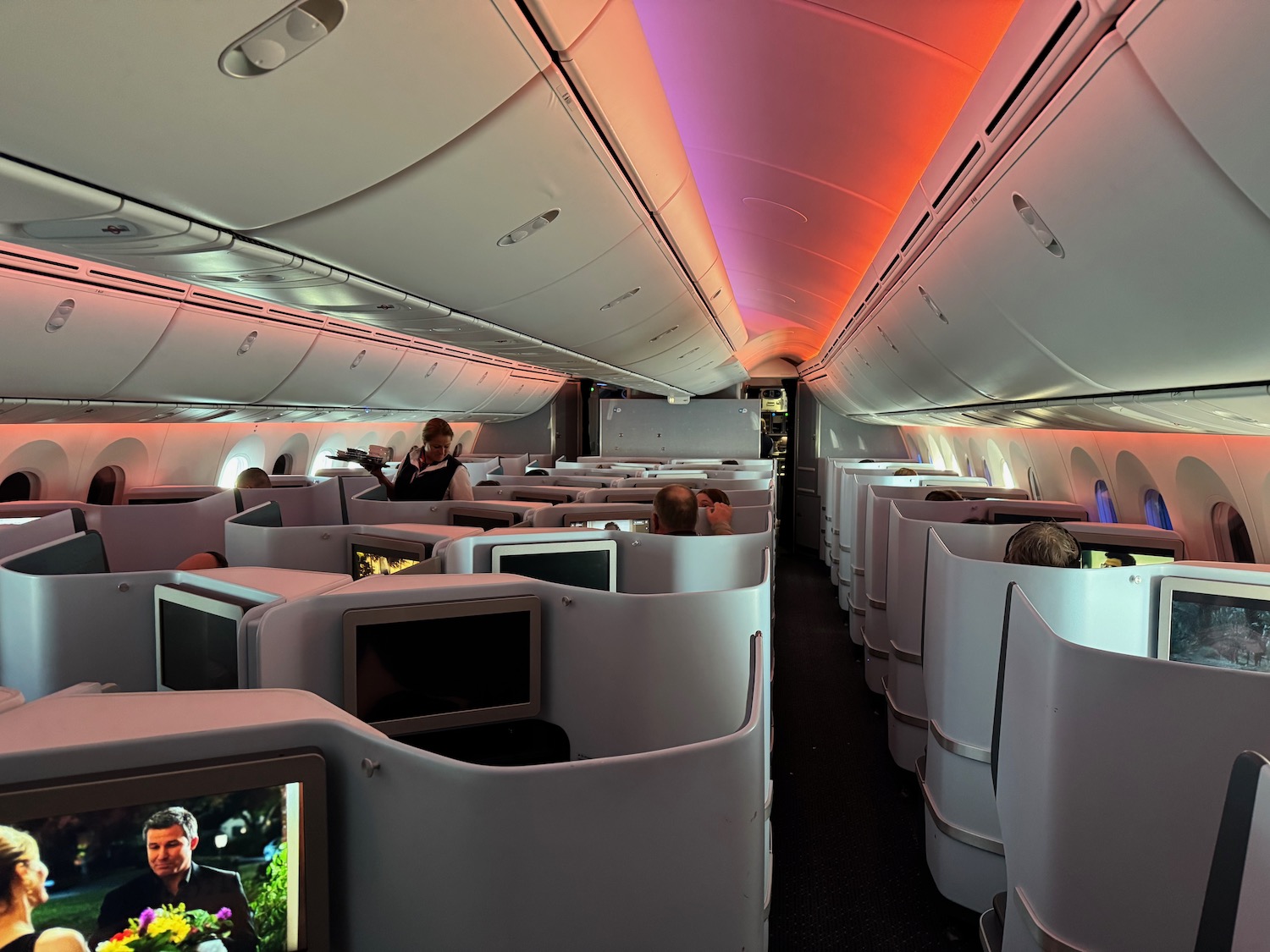
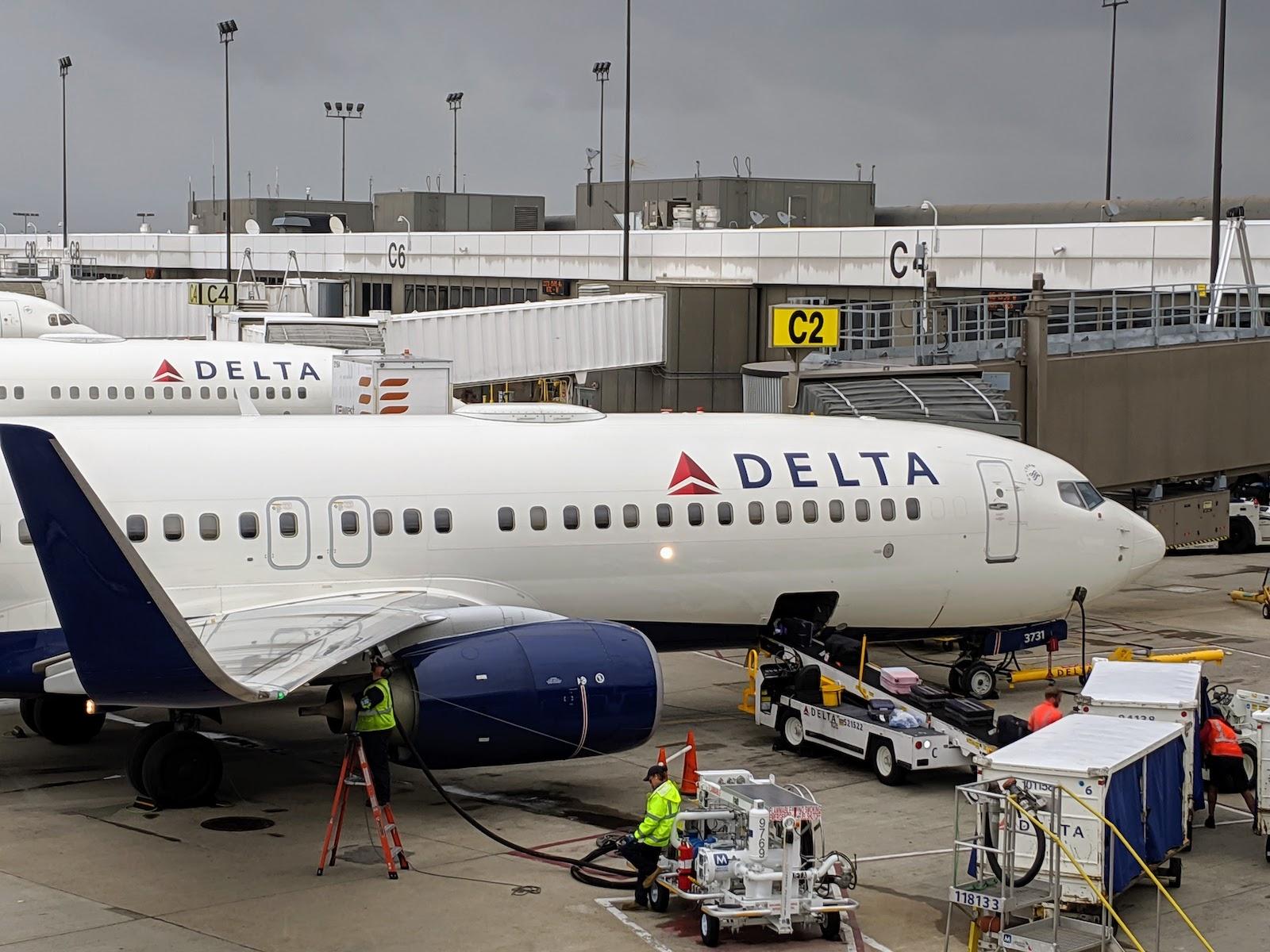










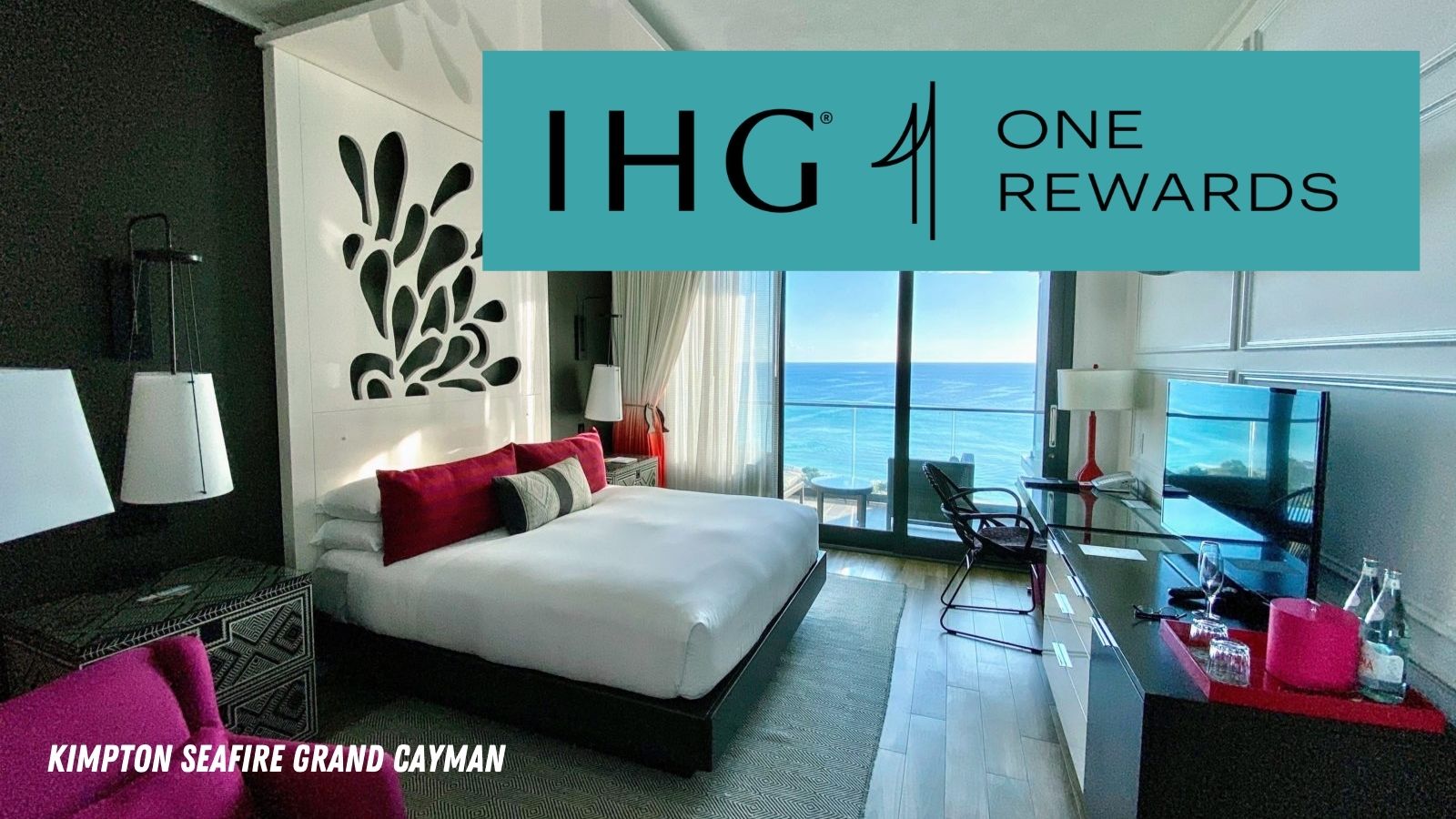






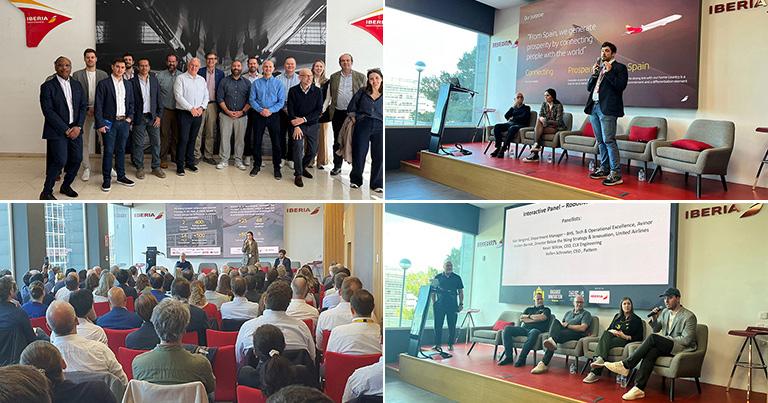
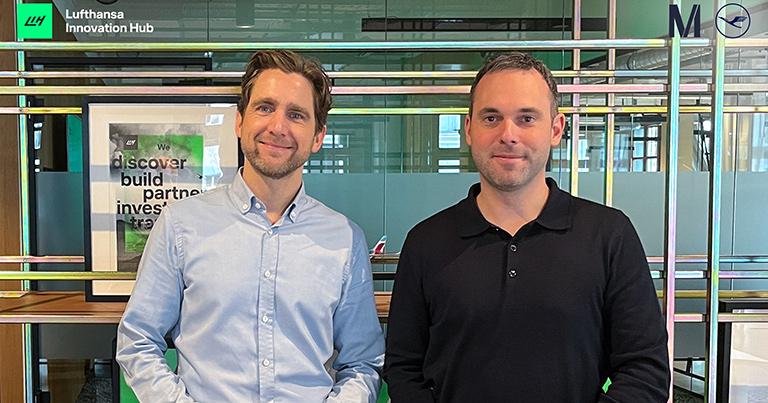
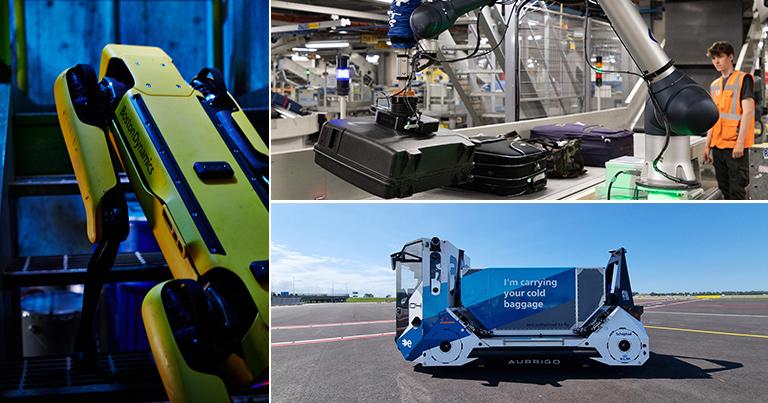

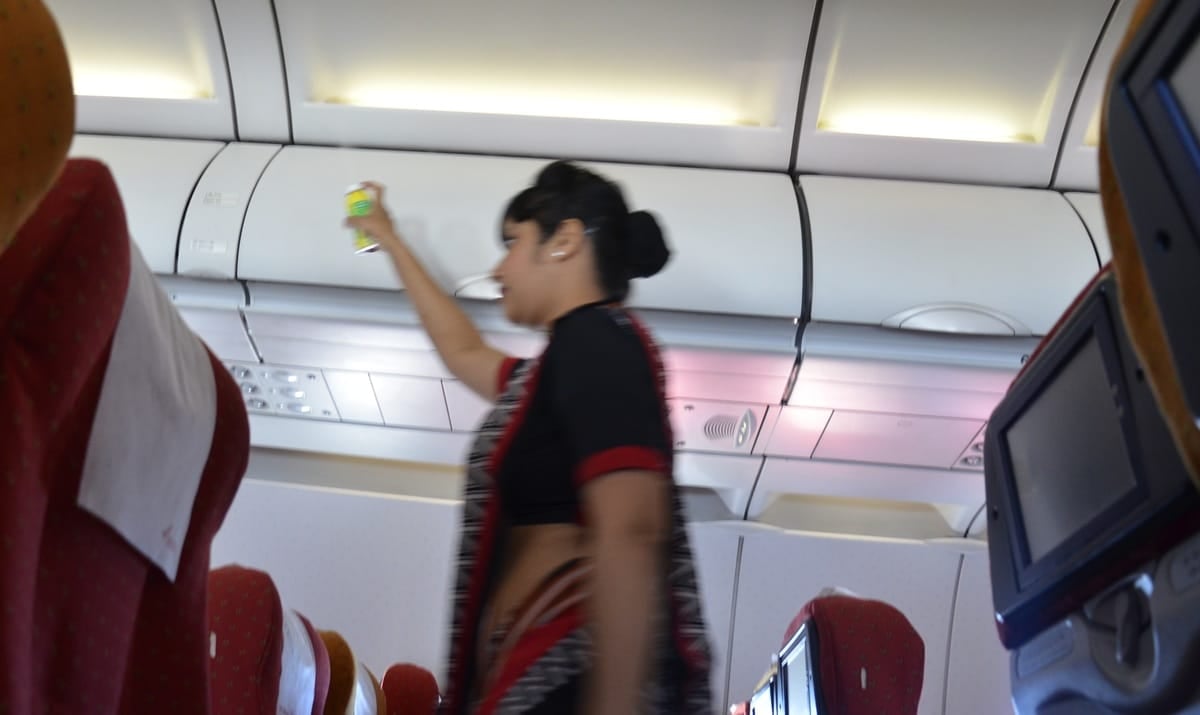



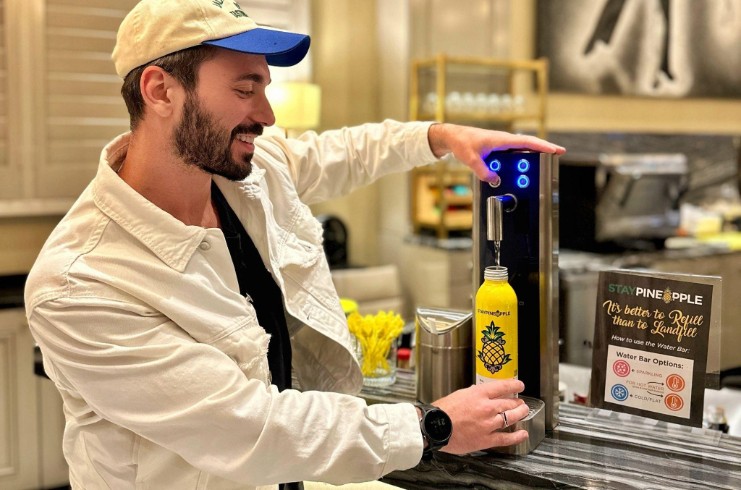
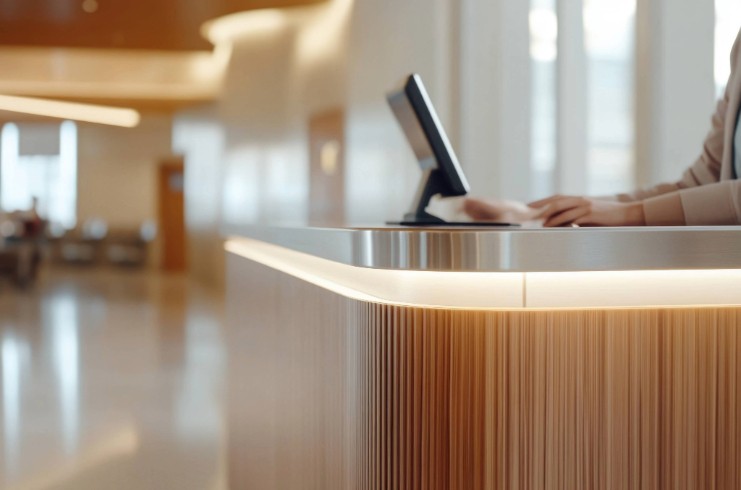
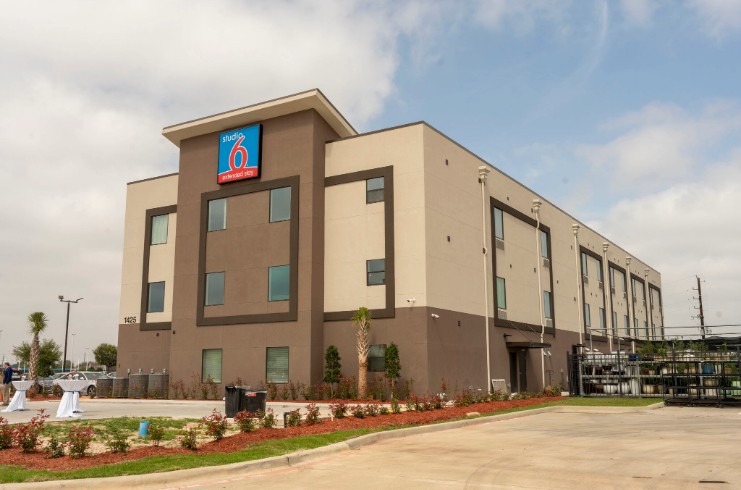













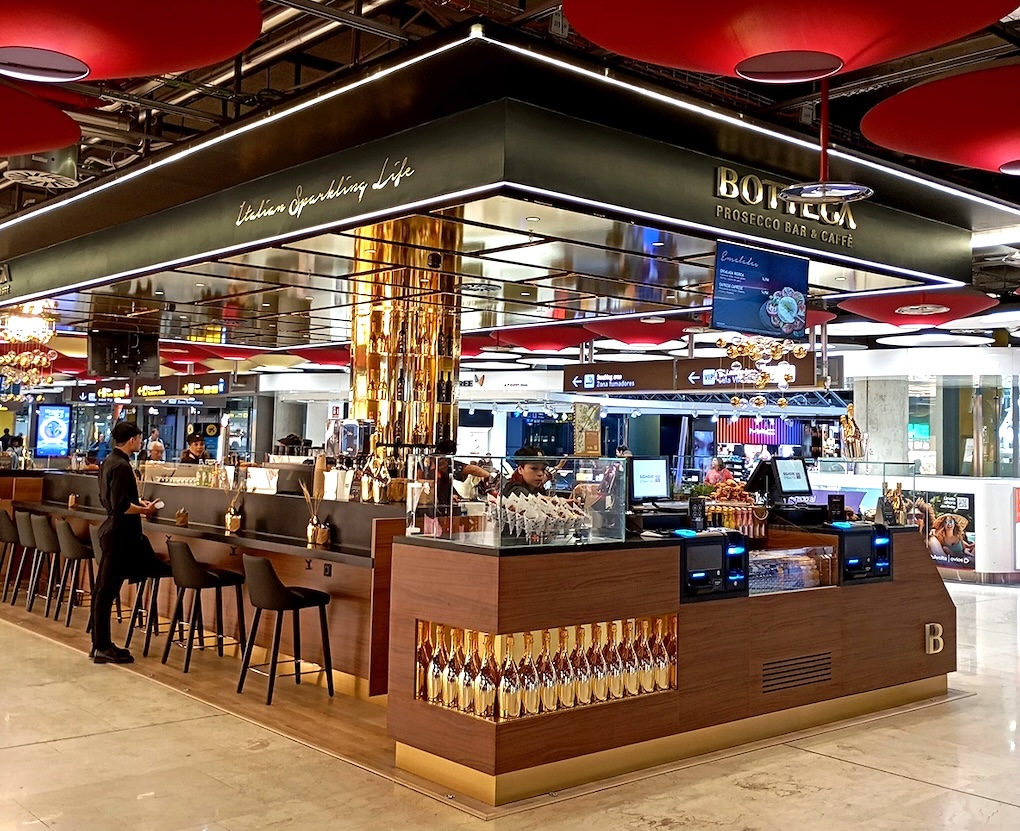
















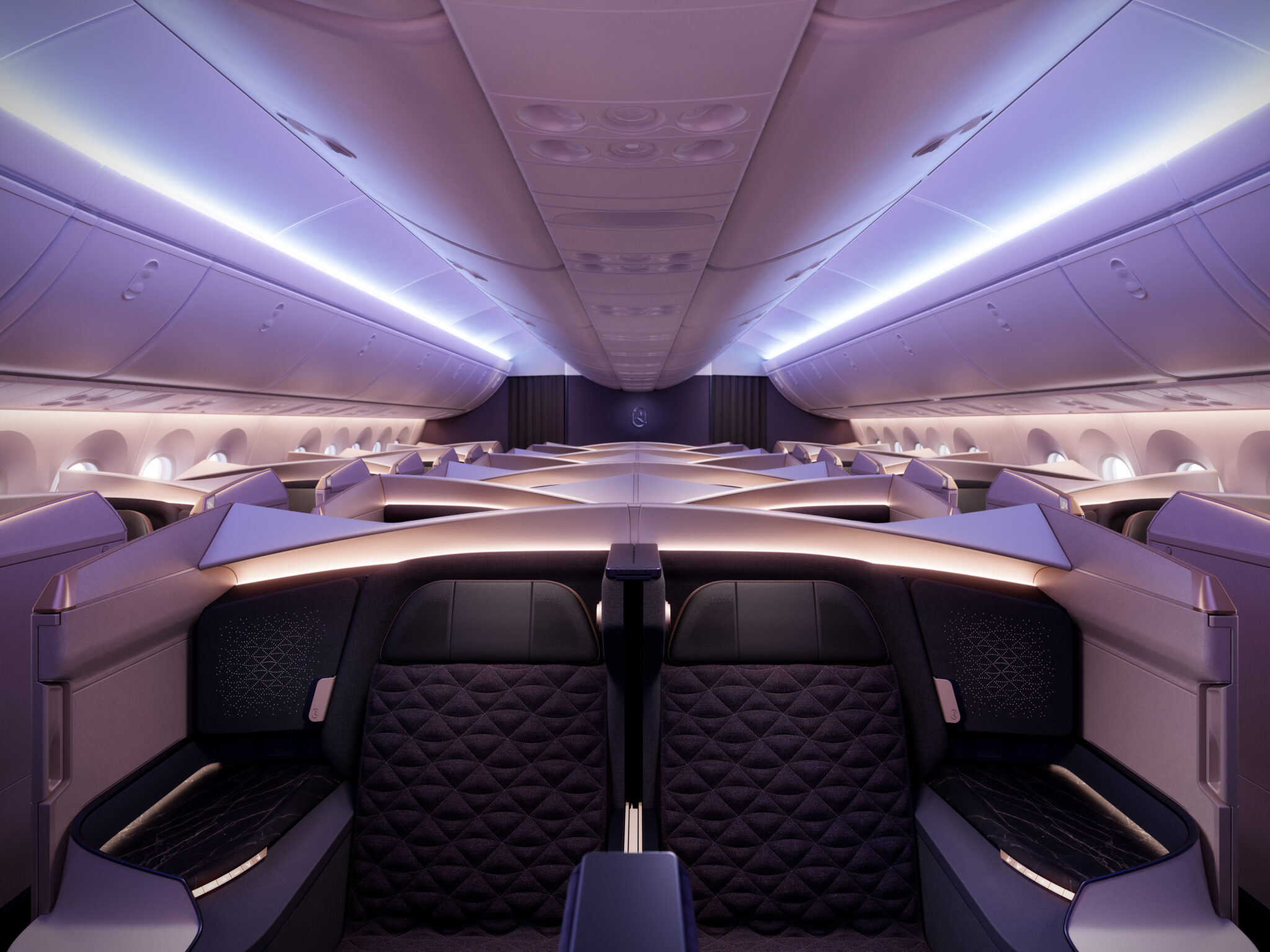
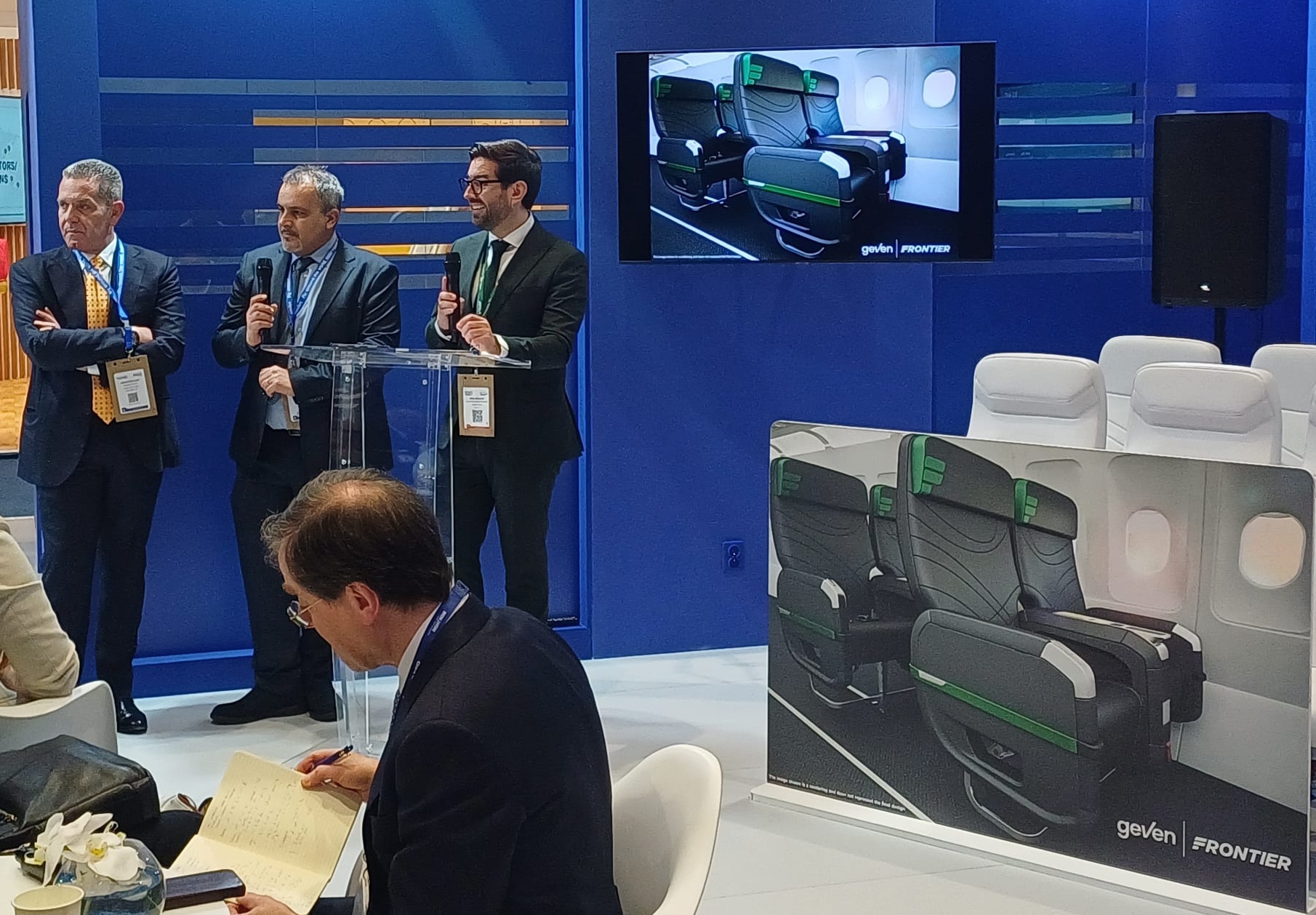





























![Mouse Invades United Club at LaGuardia on the Eve of $1,400 Fee Hike [Roundup]](https://viewfromthewing.com/wp-content/uploads/2025/04/united-club-lga.jpg?#)
![Caught on Video: “He Busted Through!” Frontier Airlines Passenger Storms Closed Las Vegas Gate [Roundup]](https://viewfromthewing.com/wp-content/uploads/2025/04/Screenshot-2025-04-20-140707.png?#)
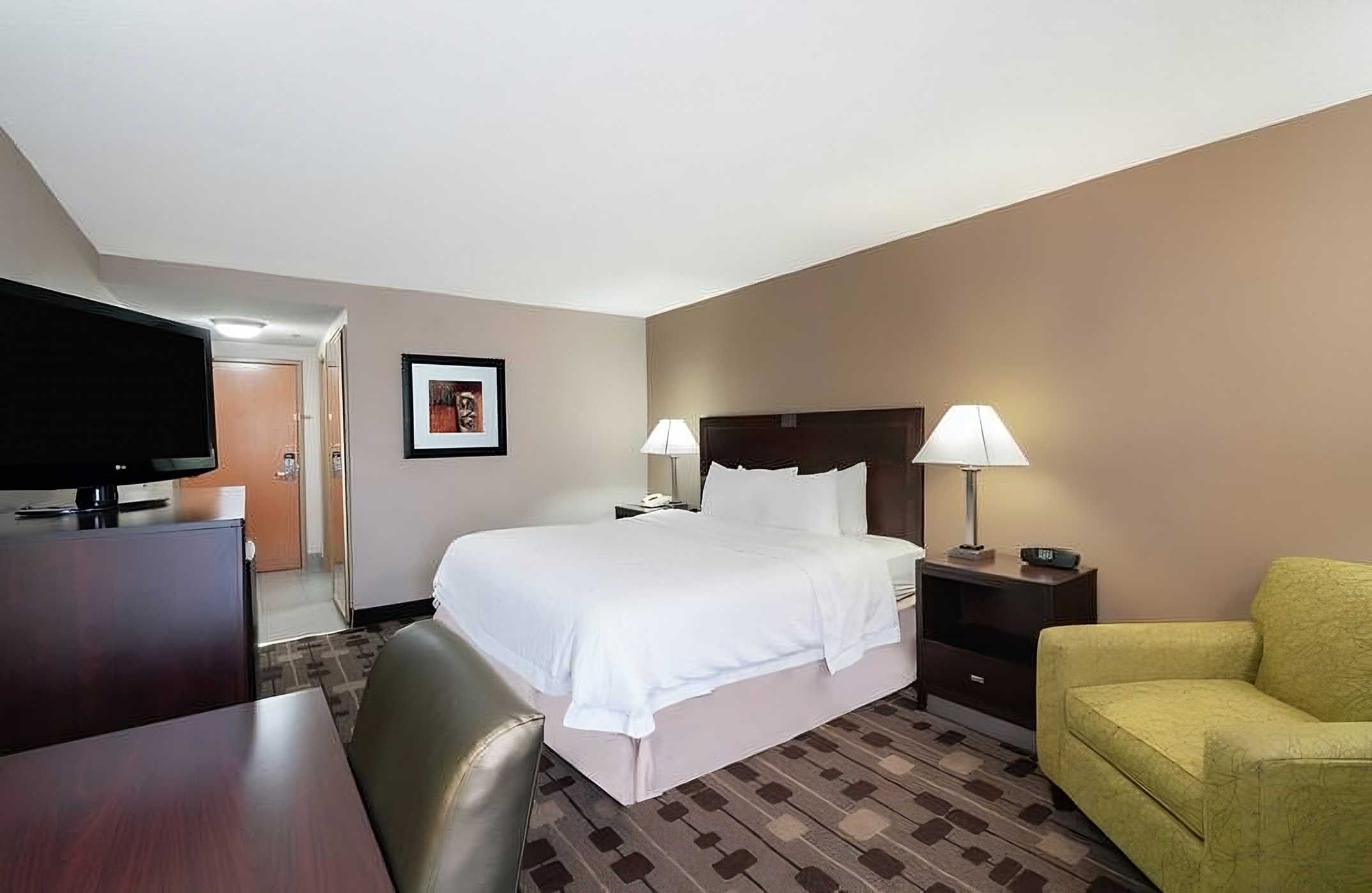




















-All-will-be-revealed-00-35-05.png?width=1920&height=1920&fit=bounds&quality=70&format=jpg&auto=webp#)


-Jack-Black---Steve's-Lava-Chicken-(Official-Music-Video)-A-Minecraft-Movie-Soundtrack-WaterTower-00-00-32_lMoQ1fI.png?width=1920&height=1920&fit=bounds&quality=70&format=jpg&auto=webp#)





.jpg?#)































































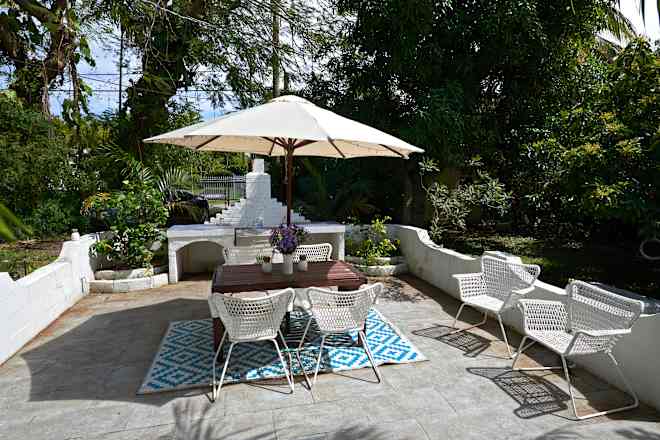




















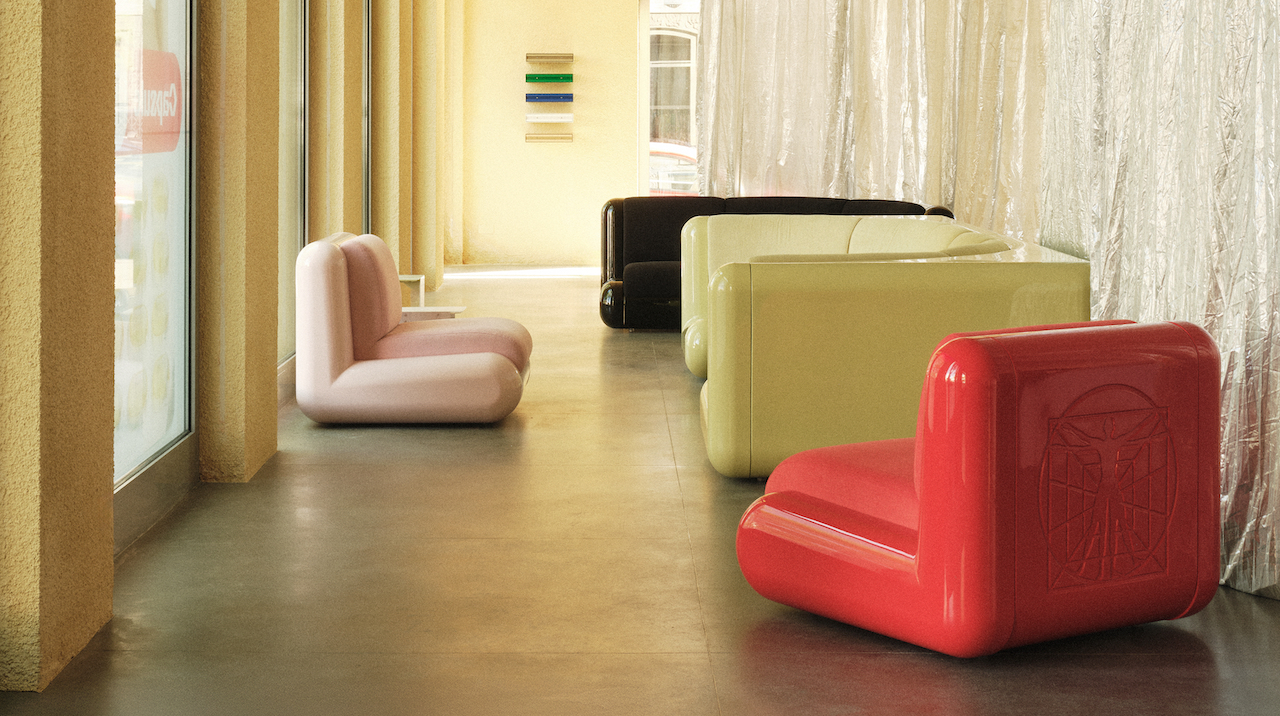






















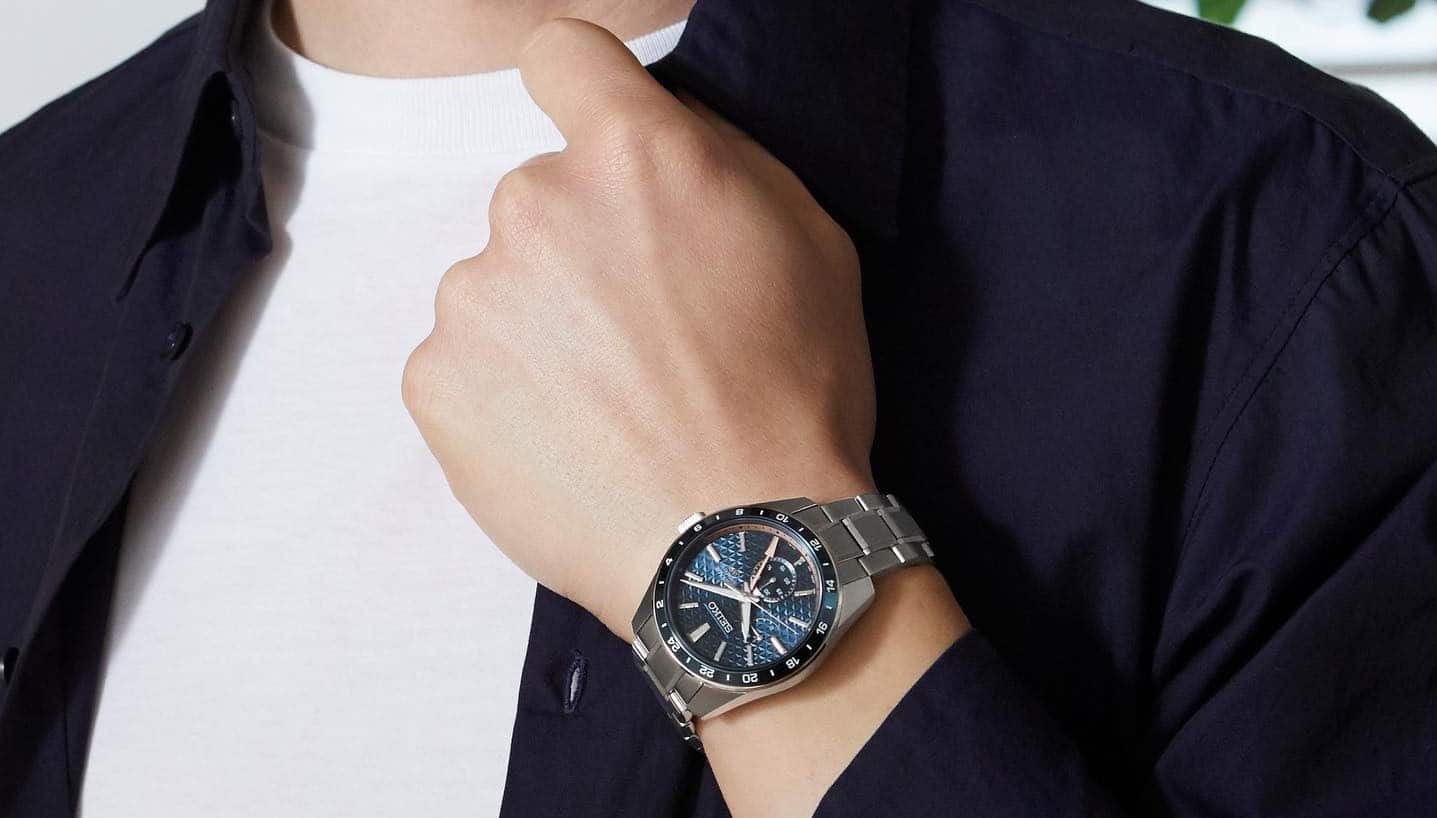

















.jpg)






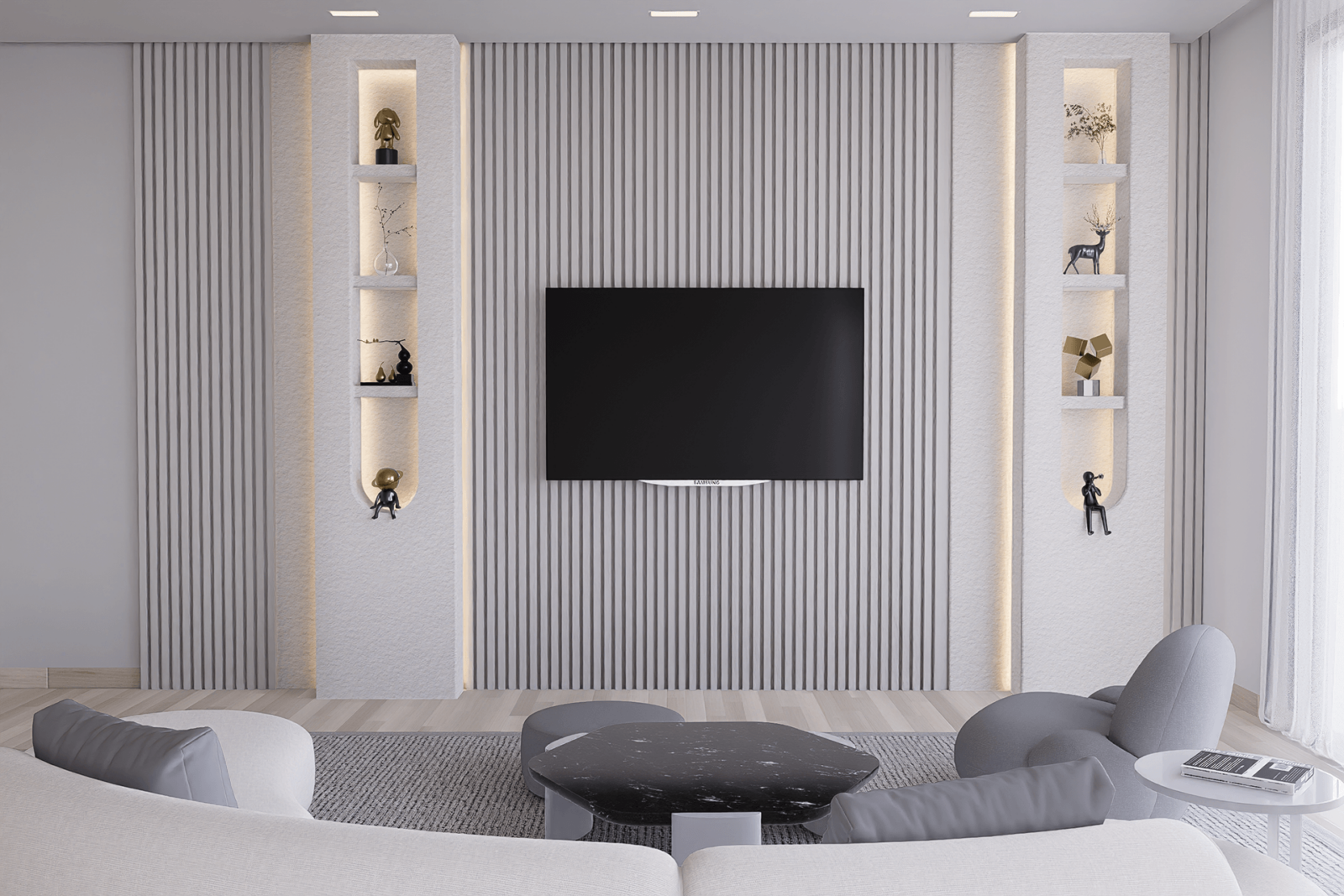




![[Podcast] Unlocking Innovation: How Play & Creativity Drive Success with Melissa Dinwiddie](https://justcreative.com/wp-content/uploads/2025/04/melissa-dinwiddie-youtube.png)








































